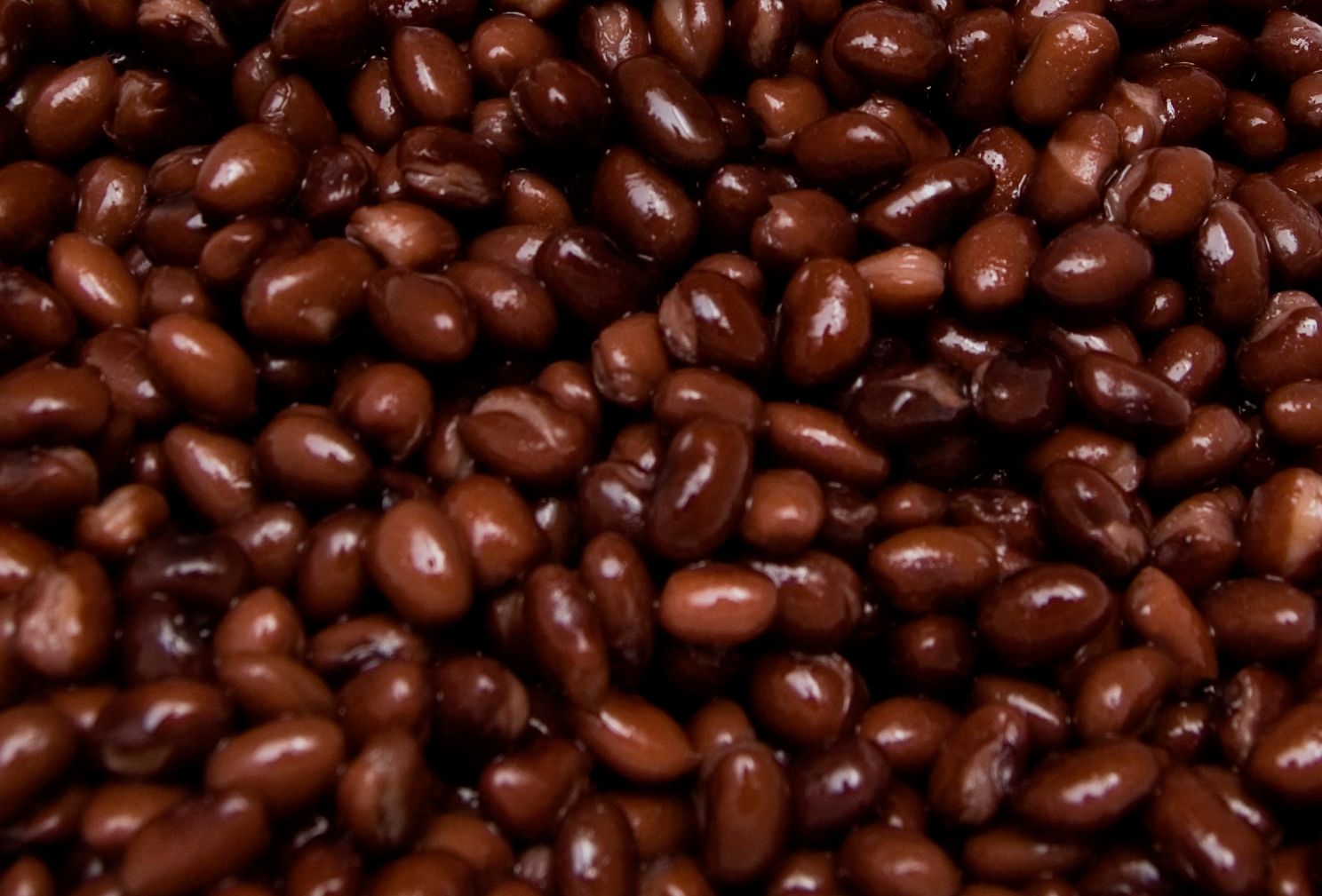
The Hidden Struggles of GLP-1 Medications
- May 16, 2024
According to recent studies, one in eight adults in America have at some point resorted to medications like Ozempic or Mounjaro, and the shocking part? Half of these individuals are still relying on them. These drugs belong to the family of GLP-1 receptor agonists that serve purposes ranging from blood sugar regulation to reducing hunger pangs. The U.S. FDA has approved a duo of GLP-1 drugs – Ozempic, geared towards dealing with type 2 diabetes, and Wegovy, a medication designed for weight loss and heart disease prevention. They also passed the medications Mounjaro for diabetes and Zepbound for weight loss, both of which have the active ingredient tirzepatide.
To get a sense of scale, 43% of adults with diabetes, 26% of heart disease patients, and 22% who are overweight or have obesity have used these drugs, as revealed by a poll conducted by KFF, a non-profit health policy research organization. However, the downside? The sky-rocketing prices of GLP-1 drug range from $936 to $1,349 without insurance – an unpleasant surprise for one in five insured adults who find themselves paying full price. This cost impediment may deter individuals from starting or continuing these medications, which is reflected in the poll results of those age 65 and older – a demographic for whom Medicare doesn't provide coverage for weight loss medications unless they are prescribed for other medical conditions.
Emerging data reveals potential underuse of these drugs, especially when considering weight loss or dealing with obesity. Despite the alarming number of adults diagnosed as being overweight or obese, only 1% of adults over 65, and 5% of all adults have used these medications to shed some weight.
Further complicating matters, a significant proportion of adults – roughly 25% – circumnavigate their primary care doctors or specialists for these medications and resort to securing their GLP-1 drugs from alternative sources like online, medical spas, or aesthetic medical centers. This indicates to the stark reality of cost and accessibility issues that may be limiting some patients from accessing these drugs via traditional, safer routes.






